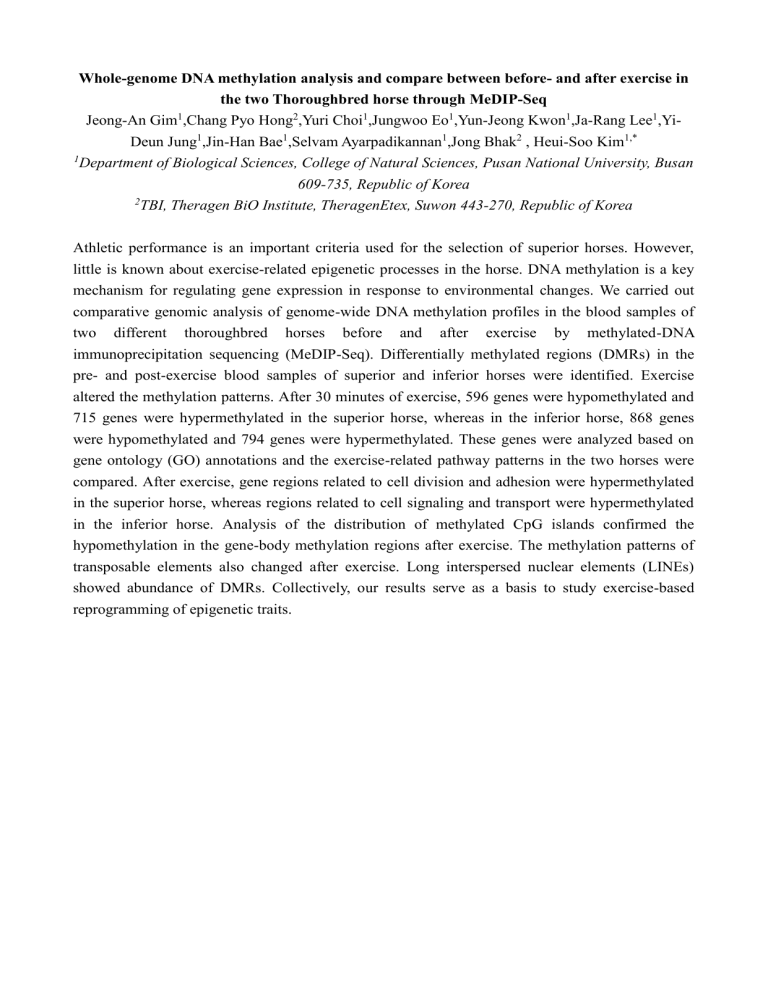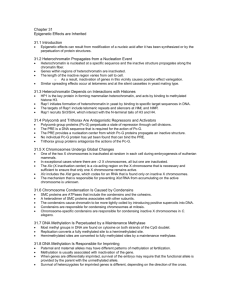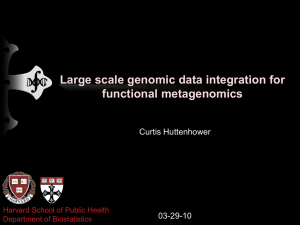2014_KOGO

Whole-genome DNA methylation analysis and compare between before- and after exercise in the two Thoroughbred horse through MeDIP-Seq
Jeong-An Gim 1 ,Chang Pyo Hong 2 ,Yuri Choi 1 ,Jungwoo Eo 1 ,Yun-Jeong Kwon 1 ,Ja-Rang Lee 1 ,Yi-
Deun Jung 1 ,Jin-Han Bae 1 ,Selvam Ayarpadikannan 1 ,Jong Bhak 2 , Heui-Soo Kim 1,*
1 Department of Biological Sciences, College of Natural Sciences, Pusan National University, Busan
609-735, Republic of Korea
2 TBI, Theragen BiO Institute, TheragenEtex, Suwon 443-270, Republic of Korea
Athletic performance is an important criteria used for the selection of superior horses. However, little is known about exercise-related epigenetic processes in the horse. DNA methylation is a key mechanism for regulating gene expression in response to environmental changes. We carried out comparative genomic analysis of genome-wide DNA methylation profiles in the blood samples of two different thoroughbred horses before and after exercise by methylated-DNA immunoprecipitation sequencing (MeDIP-Seq). Differentially methylated regions (DMRs) in the pre- and post-exercise blood samples of superior and inferior horses were identified. Exercise altered the methylation patterns. After 30 minutes of exercise, 596 genes were hypomethylated and
715 genes were hypermethylated in the superior horse, whereas in the inferior horse, 868 genes were hypomethylated and 794 genes were hypermethylated. These genes were analyzed based on gene ontology (GO) annotations and the exercise-related pathway patterns in the two horses were compared. After exercise, gene regions related to cell division and adhesion were hypermethylated in the superior horse, whereas regions related to cell signaling and transport were hypermethylated in the inferior horse. Analysis of the distribution of methylated CpG islands confirmed the hypomethylation in the gene-body methylation regions after exercise. The methylation patterns of transposable elements also changed after exercise. Long interspersed nuclear elements (LINEs) showed abundance of DMRs. Collectively, our results serve as a basis to study exercise-based reprogramming of epigenetic traits.











